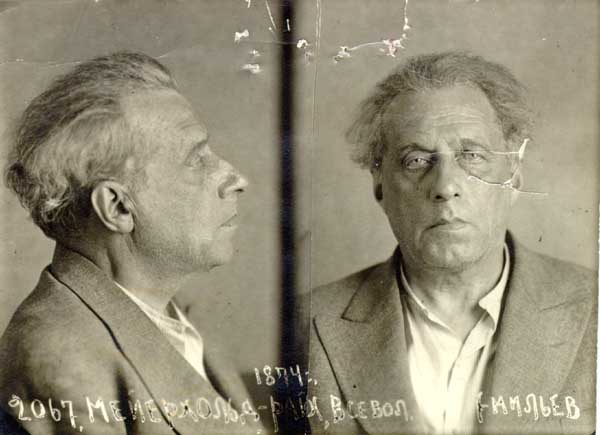The Great Terror (1936-39)
 The
Great Terror -also known as the Great Purge- was Stalin's campaign
of political repression in the Soviet Union that occurred from 1936 to 1939. It
involved a large-scale repression of relatively wealthy peasants (kulaks),
suppression of national and ethnic minorities, and a purge of the Communist
Party, of government officials, and of the leadership of the Red Army.
The
Great Terror -also known as the Great Purge- was Stalin's campaign
of political repression in the Soviet Union that occurred from 1936 to 1939. It
involved a large-scale repression of relatively wealthy peasants (kulaks),
suppression of national and ethnic minorities, and a purge of the Communist
Party, of government officials, and of the leadership of the Red Army.
Following the Civil War and reconstruction of the Soviet economy in the late 1920s, veteran Bolsheviks advocated an end to the "temporary" political and social restrictions that had become institutionalized in the party and in Soviet society. Many in the party had come to view Stalin as, at best, lax toward corruption and bureaucratization, and at worst as undemocratic and counterrevolutionary. He thus did, in fact, face organized opposition within the party from both the right and left wings, led by N. Bukharin and Leon Trotsky respectively. The response, was a wide-ranging political purge by Stalin to eliminate challenges from past and potential opponents within the Communist Party. There had been a previous party purge in 1933, but this time around expulsion meant almost certain arrest, imprisonment without trial, and even death.
Through the 1930s, the Party and government officials feared the "social disorder" caused by the upheavals of the forced collectivization of agriculture and the resulting famine of 1932–1933, and massive and uncontrolled migration by millions of peasants into cities. Tensions in Europe heightened Stalin's perception of “suspect” populations as a potential “fifth column” in case of war.
Widespread police surveillance was instituted, and imprisonment, arbitrary executions, and show trials became common practice. Hundreds of thousands of victims were accused of various political crimes -espionage, wrecking, sabotage, anti-Soviet agitation, conspiracies to prepare uprisings, plotting coups, and so on; they were quickly executed by shooting, or sent to the Gulag labor camps. Many died at the penal labor camps of starvation, disease, exposure, and overwork.
Primary and Contemporaneous Sources
Wrecking
Activities at Power Stations in the Soviet Union, The Case of N. P. Vitvisky
[et al.] (1933) Moscow Trials
The Case of the Trotskyite-Zinovievite Terrorist Centre (1936) Moscow Trials
The Witchcraft Trial in Moscow, Friedrich Adler 1936
The Red Book: On the Moscow Trial (1936) Analysis of the first Moscow trial by Leon Sedov
The Zinoviev Trial, by D. N. Pritt K.C., M.P.
(1936)
Letter of an Old
Bolshevik. The Key to the Moscow Trials, by Y. Z. (1936)
The Case of Leon Trotsky (1937) Testimony of Leon Trotsky answering the Charges from the Moscow Trials
Not Guilty: Report of the Commission of Inquiry into the Charges Made Against Leon Trotsky in the Moscow Trials.
John Dewey, et al. (1937)
A Study of the Radek-Piatakov Trial (1937). Gives a critical perspective on the Moscow Trials
Soviet
Justice and The Trial of Radek and Others, by Dudley Collard (1937).
The British Stalinists and the Moscow Trials, by Brian Pearce (1958).
The Case of Bukharin (1938)
The Meaning of the Moscow Trials - Including the
Official Text of the Indictment of the Bukarin-Trotskyite Bloc, by E.
Yarovslavsky (1938)
Behind the Moscow Trial,
by Max Shachtman (1936)
MIA Archives and Sources that are Related to the Terror and Purge Trials
Stalin Archive
Trotsky Archive
Critiques of Stalinism
NKVD
Nikita Khrushchev's
"Secret Speech" to the CPSU 20th Congress